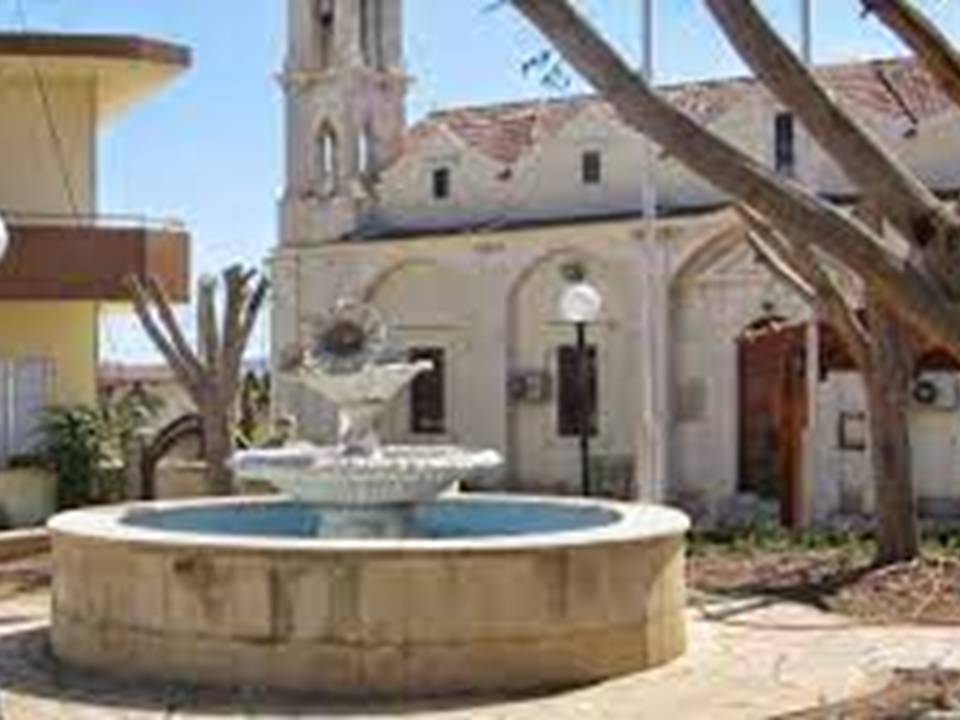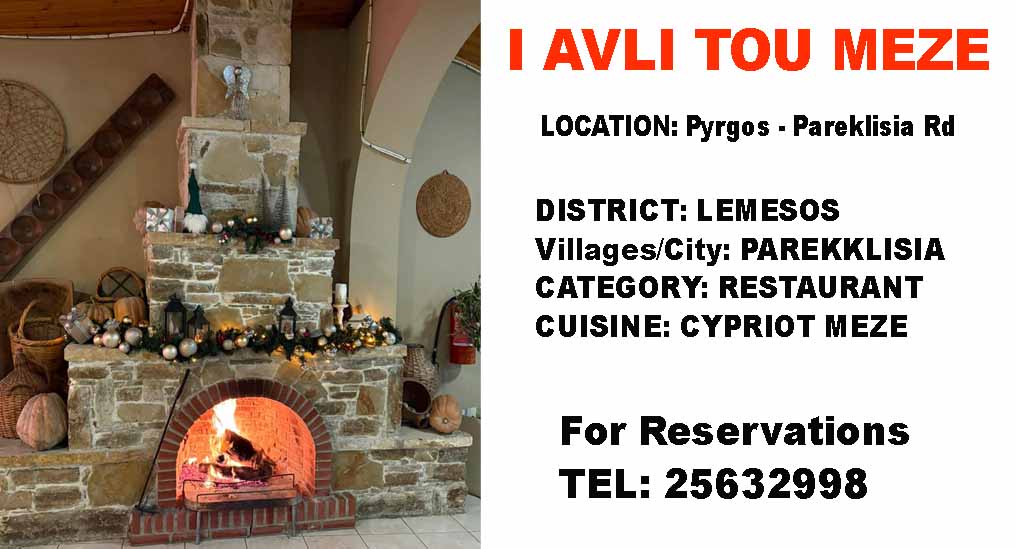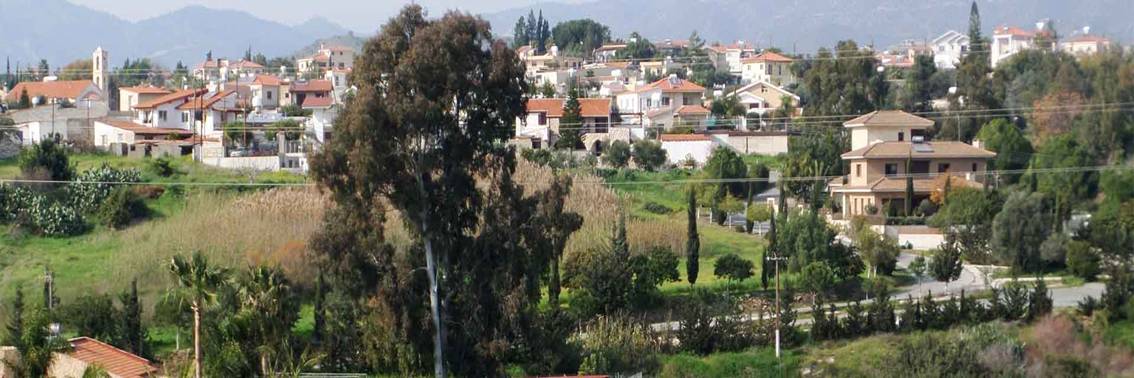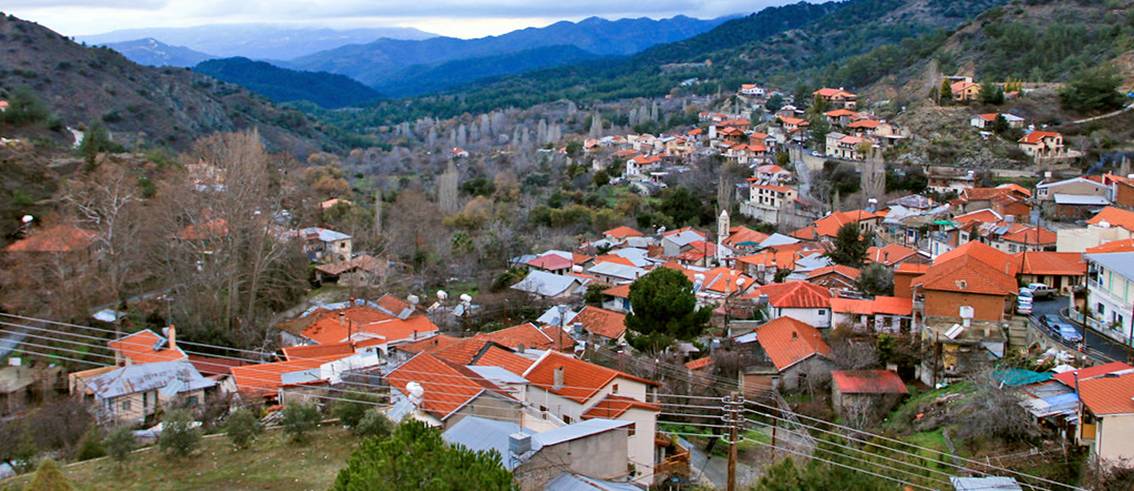Monagrouli Village
The history of Monagrouli village: Monagrouli is a small, historically rich village in the Limassol District of Cyprus. Nestled in the foothills of the Troodos Mountains, it offers a glimpse into the island’s past. The history of Monagrouli village reflects to ancient traditions, Byzantine influence, and a modern rural lifestyle. Like many Cypriot villages, its story is tied to Cyprus’s broader historical narrative.
Early History and Foundation
The history of Monagrouli village date of Monagrouli’s foundation is unclear. However, evidence suggests the area has been inhabited since antiquity. The name “Monagrouli” comes from the Greek word “Monagrilos,” meaning a “lonely place” or “isolated farm.” This hints that the village may have started as a remote farming community.
Archaeological findings in the region indicate settlements during the Neolithic period. However, the village as it stands today likely developed later, possibly during the Byzantine period. Its strategic location, away from the coast but close to Mediterranean trade routes, made it ideal for a small farming community.

Byzantine and Medieval Periods
During the Byzantine period, Cyprus was a key province of the Eastern Roman Empire. Small villages and monasteries dotted the island. Monagrouli likely flourished as a farming community under Byzantine protection. The village’s older buildings and church reflect Byzantine architectural elements, despite renovations over the centuries.
The medieval period saw Cyprus ruled by the Lusignans and Venetians. Monagrouli experienced these shifts in power, which left their mark on local culture and society. The village’s economy relied on olive and carob cultivation. Its narrow, winding streets and stone houses reflect medieval influences, designed for defence against invaders and harsh weather.
Ottoman Period
In 1571, Cyprus came under Ottoman rule, which lasted over three centuries. The Ottomans introduced land reforms and the millet system, allowing religious communities some self-governance. Monagrouli’s church played a central role in community life during this time.
The village’s population remained small, relying on agriculture. New crops and farming techniques improved the local economy, but life was challenging. High taxes and occasional hardships imposed by Ottoman authorities affected the villagers.

British Colonial Era and Modern Times
In 1878, Cyprus was leased to the British Empire. The British built roads and schools, transforming village life. Monagrouli benefited from these changes but remained a small, rural community.
The 20th century brought further changes. After Cyprus gained independence in 1960, Monagrouli, like many villages, saw a population decline. Younger generations moved to cities or emigrated abroad for better opportunities. Despite this, the village preserved its traditional character. Many original stone houses still stand today.
Conclusion
Today, Monagrouli is a quiet village offering a peaceful retreat from nearby Limassol. It stands as a testament to Cyprus’s rural communities, where history and tradition remain deeply rooted. Monagrouli’s history, marked by prosperity and hardship, reflects the broader story of Cyprus—a land rich in culture, history, and resilience.
You May Also Like This
The History of Pyrgos Limassol: https://anatolikilemesou.com/?p=1098
TELL THEM HOW YOU FOUND THEM. They like it.





